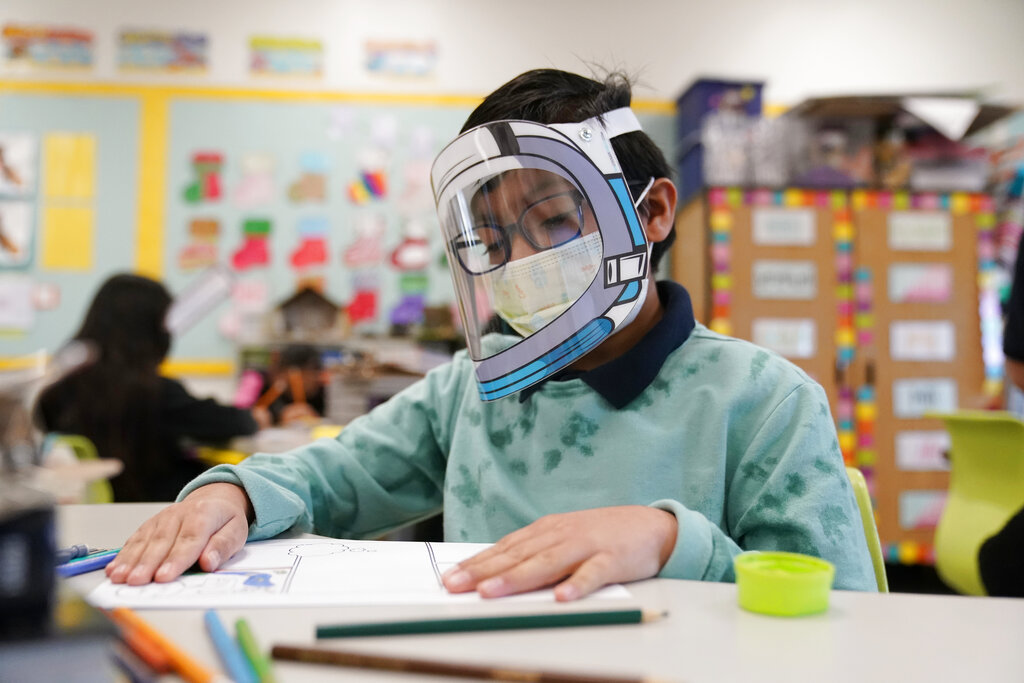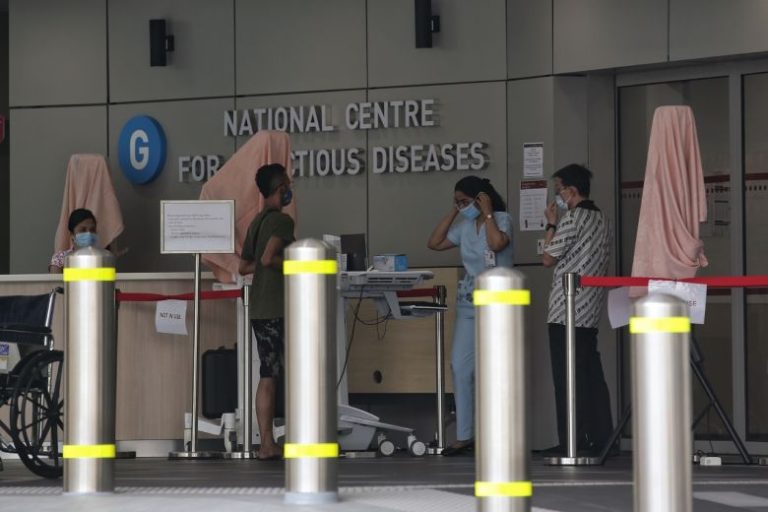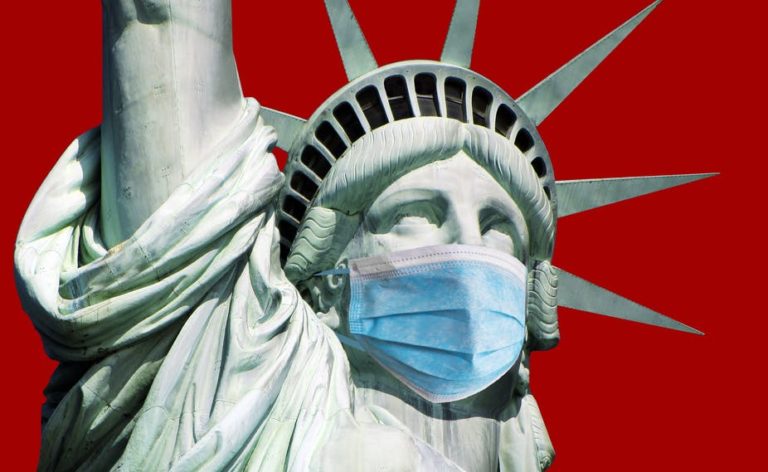
My blood boiled when Florida Governor Ron DeSantis signed a bill that allowed parents to sue school districts that required masks for children. I couldn’t believe it when Texas Governor Greg Abbott issued an executive order banning mask mandates in schools early last year. If you felt angry or politically fired up about these bills you weren’t alone… but was there something lawmakers like Governor DeSantis and Governor Abbott could see that we couldn’t?
Although the COVID-19 pandemic is far from “over,” social scientists and educational professionals are beginning to release findings from the past two years concerning adolescent academic performance and the results might not be what you wanted to hear.
The NWEA Academic Research Department’s 2021 report highlighted that, across the nation, students in grades three to eight were performing on average six to twelve percentile points behind historic trends in both math and reading. This setback was to be expected as school systems everywhere tried to adapt learning in a safe manner. However, according to Education Week’s Student Achievement Research Center, students in states with more conservative legislatures and governors saw a much smaller decline in performance compared to students in more liberal states, with traditionally high-performing school systems. Could it be that while Democrats were being overly-cautious about viral spread in schools instituting mask mandates and virtual education, they in turn severely impacted the academic future of their students?
California, as one of the most liberal and populated states in the country, rightly instituted some of the most restrictive COVID mandates for its school systems. The result? Education Week’s inclusive score of California’s standardized performance, subject proficiency and graduation rates was 75.2 in 2020 and 73.0 in 2021, showing a 2.2 percent decrease in general academic achievement across the state.
However in Alabama, there was a 0.6 percent increase in Education Week’s score, rising from 64.1 in 2020 to 64.7 in 2021. Although the score itself is lower than California’s overall, the positive change in score, similar to other conservative states, indicates the academic benefits of optional masking and in-person learning. Likewise, across states like New Jersey, Massachusetts, Colorado, and California, there were statistically significant decreases in overall educational achievement which correlates with the stricter policies passed surrounding education during the pandemic.
McKinsey and Company also studied the lingering effects of unfinished learning, finding that the pandemic widened the opportunity and achievement gap for students of color who were more concentrated in liberal cities and states during the pandemic, suffering from a combination of restrictive mandates and a lack of resources and funding to cope with the regulations. Lack of access to the internet, technology, effective study areas, and interpersonal educational connections all contributed to the decline in performances of these students. On average, students lacking proper equity and aid left the 2020-21 school year five months behind historic averages in math and four months behind in reading. McKinsey stresses that these levels of setbacks are critical and most likely will affect students long after the masks come off. Unfinished learning is a tough situation to rebound from when the schools don’t provide retroactive support and additional learning opportunities, which most schools don’t have proper funding for. This will dramatically exacerbate historic educational inequalities that exist for students from lower socioeconomic backgrounds and families of color.
Perhaps the most shocking number McKinsey provides is the loss to society caused by one year of impacted schooling for K-12 students. Due to these pandemic declines and the increased academic gap, the group predicts that in 15 years the lost annual GDP for the liberal-leaning states is estimated at 705 billion dollars of economic potential every year.
Of course, capital isn’t the whole story. Democratic governors seemed to be justified in their concern for viral spread in all public places given the severity of the sickness. However, there is a growing argument across party lines that over-restricting educational systems might just not be worth the costs, especially with the knowledge we have now comparing the infection rates of children to the educational and developmental losses.
Jennifer Knips, a physician who spoke with Time Magazine explained why she decided her children would be better off attending school under the fewest restrictions possible. She “agrees with a growing number of experts” that the studies done by the CDC in coordination with the The U.S. Department of Health and Human Services do show a slight reduction in COVID cases in schools with mask mandates as opposed to those without, but states that “the results are not statistically significant enough” to make a marked difference in the quality of life of a child. Moreover, she argues that “the risk of severe disease from COVID-19 to healthy children has always been low” and that school-age children have one of the lowest infection rates of any other demographic.
Hindsight is notoriously 20/20. The best interest a year ago seemed to be in preserving the public health of every citizen. While this is still a priority, the best interests of the students and the states arguably now lie in reducing COVID mandates to prevent any further developmental delays. It’s not comfortable to admit that policies which seemed so morally correct and considerate are now causing harm, but it’s critical that states start cutting their losses and try to close the gap on lost schooling.


